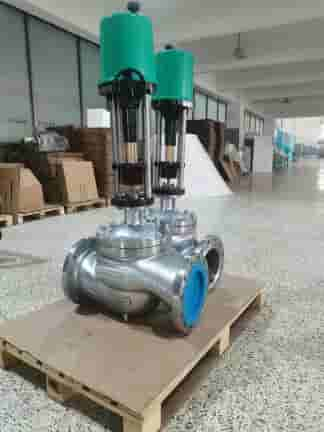understanding the electric single seat regulating valve: features and applications
Release time:2024-12-05 04:19:19
Theelectric single seat regulating valveis an essential component in various industrial processes, offering precise control over fluid flow. This type of valve combines the functionality of a regulating valve with the convenience of electric actuation, making it a preferred choice in applications where accuracy and reliability are paramount. In this article, we will explore the features, advantages, and applications of electric single seat regulating valves, highlighting their importance in modern engineering and industrial processes.

What is an Electric Single Seat Regulating Valve? An electric single seat regulating valve is a type of control valve designed to regulate fluid flow through a pipeline. The term "single seat" refers to the valve's design, which consists of a single seating surface that seals against a disc or plug to control flow. The valve is actuated by an electric motor, which adjusts the position of the valve opening in response to a control signal. This setup allows for precise control over the flow rate and pressure within a system.
Key Features
1.Precision Control
One of the primary advantages of electric single seat regulating valves is their ability to provide precise control over fluid flow. The electric actuator can be finely tuned to adjust the valve opening in response to varying process conditions. This level of control is crucial in applications requiring specific flow rates, such as chemical processing, water treatment, and HVAC systems.

